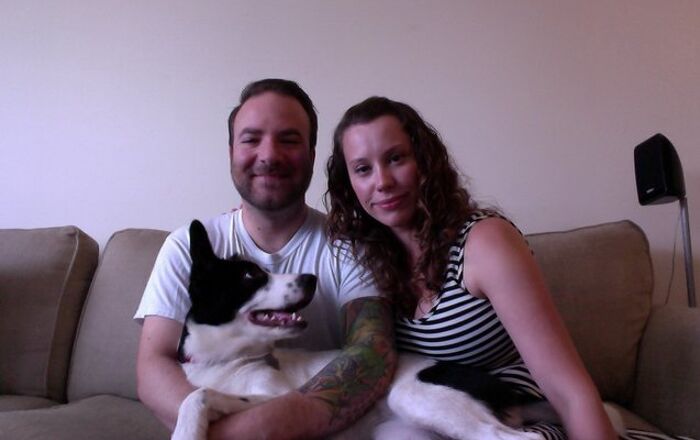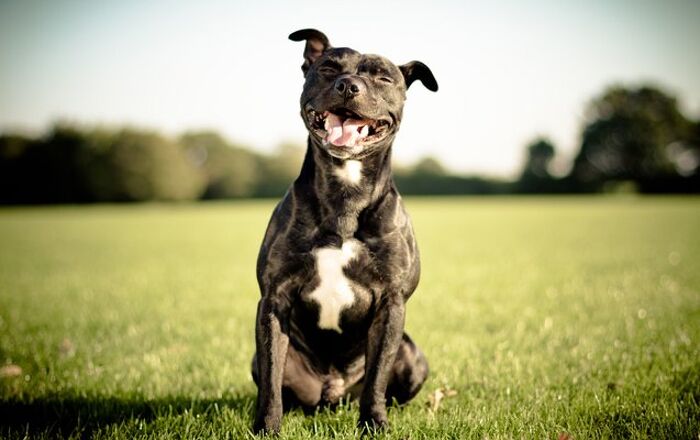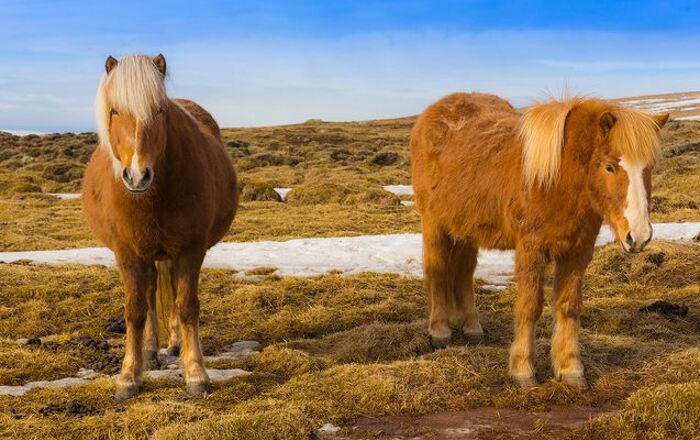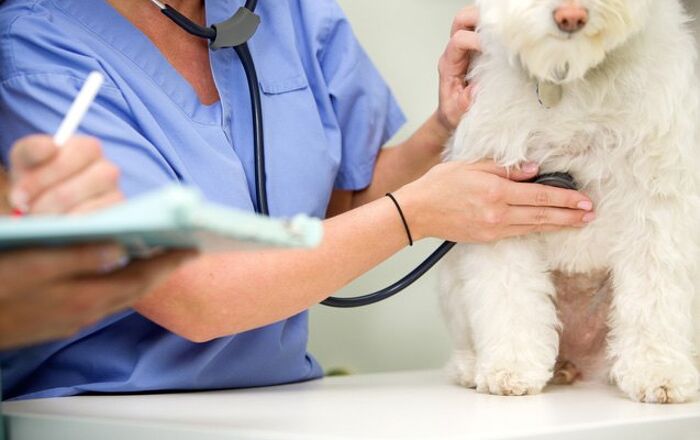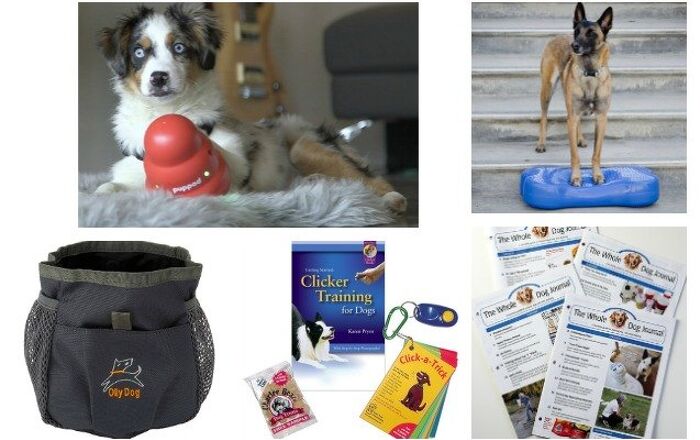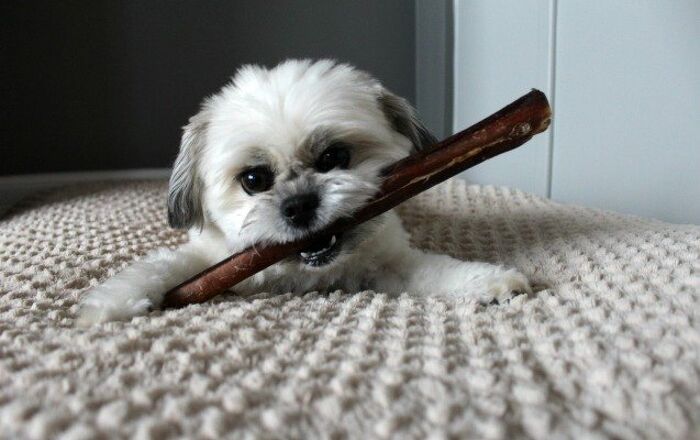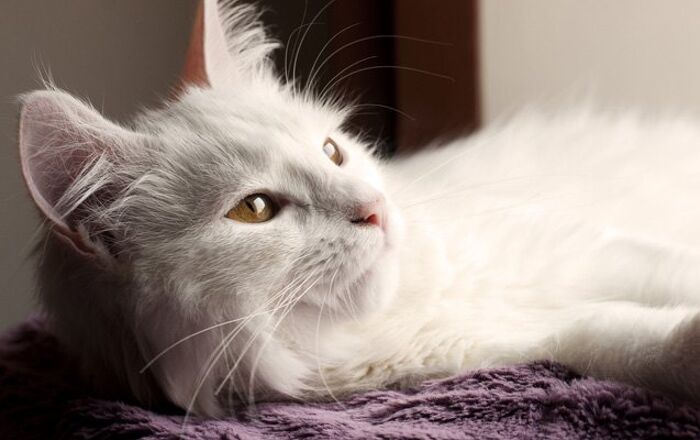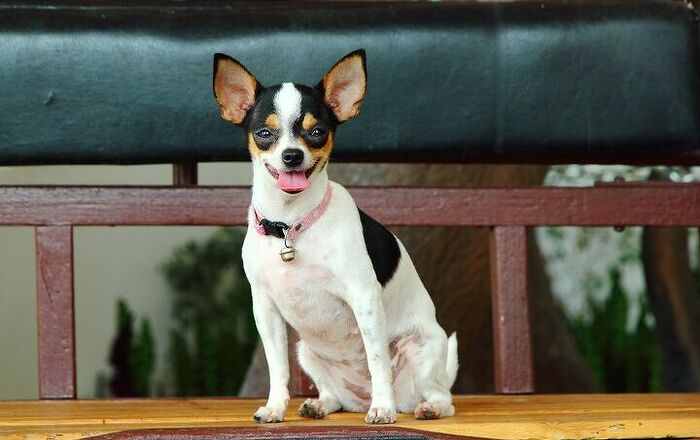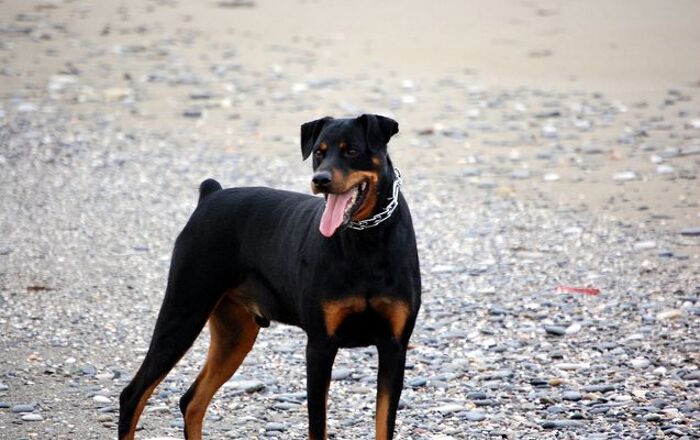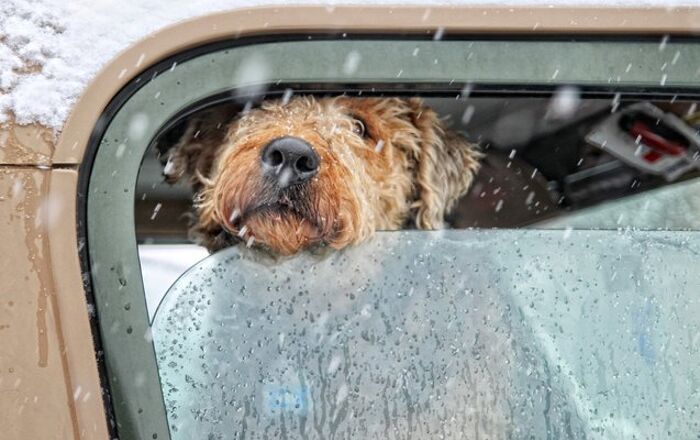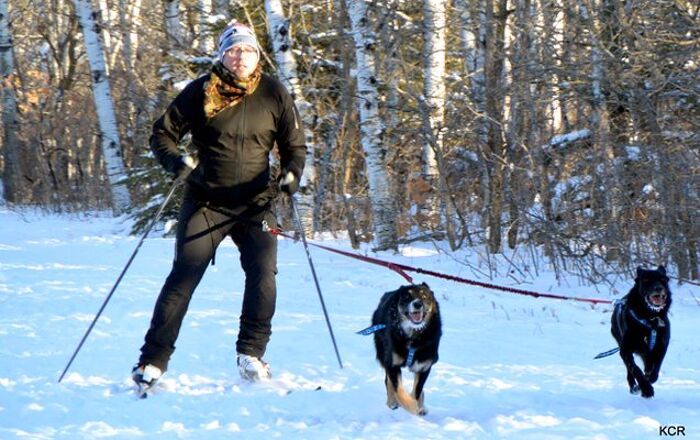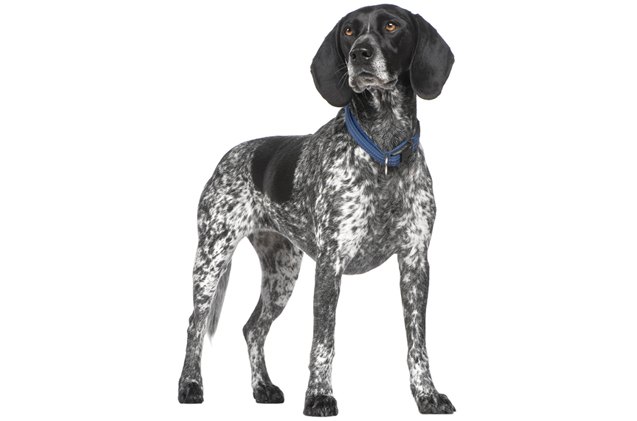
Braque d’Auvergne Basics
The Braque d’Auvergne is a pointing breed and a versatile gundog that also makes a great family pet. Looking at this dog it should be easy to tell that it is a skilled hunter because it looks so similar to a number of pointing breeds including the German Shorthaired Pointer and the Wirehaired Pointing Griffon. If you are looking for a dog that is intelligent and obedient but gentle and affectionate in the home, consider the Braque d’Auvergne.
The Braque d’Auvergne is a pointing breed and a versatile gundog that also makes a great family pet.
Origin
The exact origins of the Braque d’Auvergne are unknown, but it is an old bred that has existed in France for many years. The Braque d’Auvergne is thought to have been developed in the Auvergne region of France during the 1700s and it is one of several smooth-coated French pointing breeds. This breed is thought to have descended from the original Braque breed, the Braque Francais which was popular in France during the 1600s. This breed was crossed with various local breeds throughout France to create regional breeds like the d’Auvergne – this breed is particularly associated with Cantal. The d’Auvergne was recognized by the United Kennel Club in 2006 but has yet to be recognized by the American Kennel Club.
Pedigree
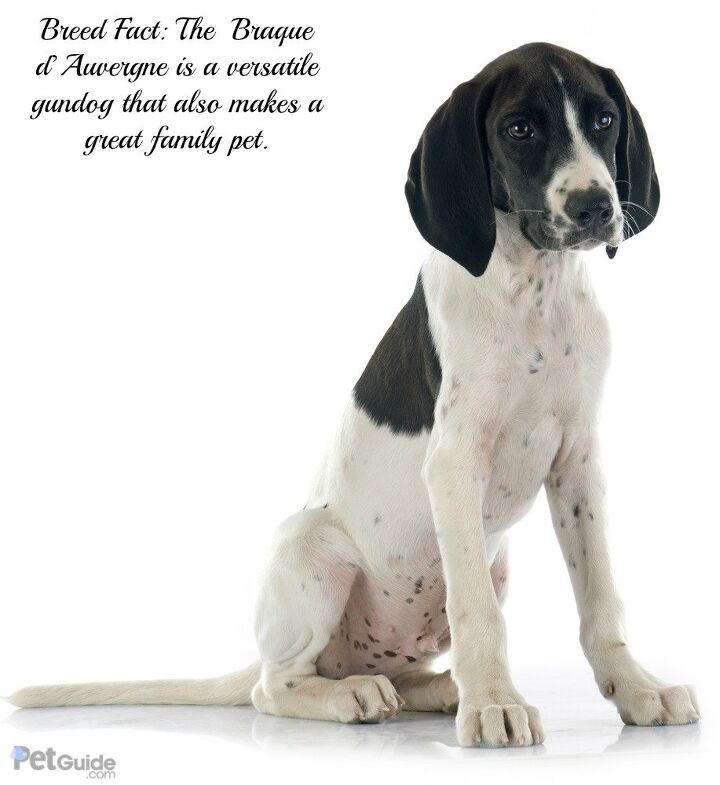
The Braque d’Auvergne is thought to have descended from the Braque Francais which may have been crossed with local hunting dogs and scent hounds to create several other Braque breeds.
Food/Diet
As a medium-sized breed, the Braque d’Auvergne requires a dog food diet specially formulated for dogs of its size. It is also important to note that this breed is highly active so it may do best on a diet that is formulated for active/working breeds.
The Braque d’Auvergne is an intelligent breed so it generally responds well to training and learns quickly.
Training
The Braque d’Auvergne is an intelligent breed so it generally responds well to training and learns quickly. This breed responds best to positive reinforcement-based training methods and it has an obedient nature. Because this breed is so smart and active it does best when trained for hunting or other dog sports – it loves having a job to do. Keeping this breed active and engaged will also help to prevent the development of problem behaviors.
Weight
The Braque d’Auvergne is a medium-sized breed with males standing 22.5 to 24.5 inches tall and females standing 21 to 23 inches tall at maturity. The average weight for this breed is between 48 and 62 pounds for both sexes.
Temperament/Behavior
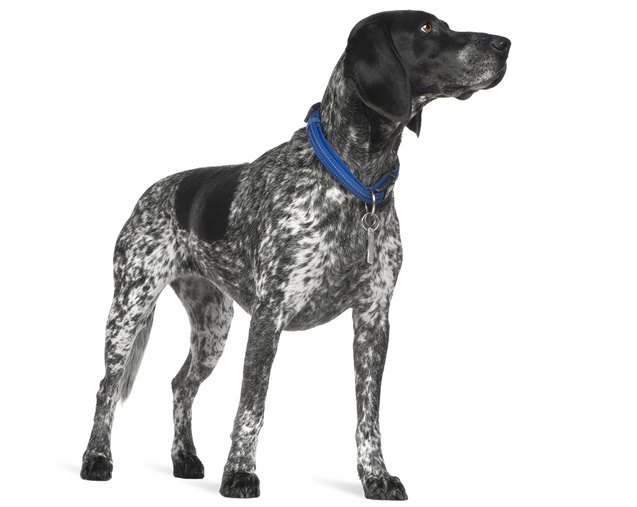
The Braque d’Auvergne has a lively and affectionate temperament which makes it popular as a family pet. Because it was developed as a working breed, however, this dog still requires plenty of exercise – it will not be satisfied to just sit around at home. The Braque d’Auvergne breed is intelligent and responds well to training – it is also good-natured and friendly. This breed generally gets along well with other dogs, though it has a fairly high prey drive and may not be a good choice for households with cats and other small animals. The Braque d’Auvergne has an eager-to-please attitude and it makes a loyal companion for life.
Common Health Problems
The Braque d’Auvergne is generally a healthy breed, though there have not been many in-depth studies regarding the breed’s health. Due to its small gene pool, however, there is a fairly high risk for congenital health problems like hip dysplasia. Other problems to which the breed may be prone include patellar luxation, cataracts, progressive retinal atrophy, and aortic stenosis.
Life Expectancy
The Braque d’Auvergne has an average lifespan between 12 and 15 years.
Exercise Requirements
Because the d’Auvergne is a working breed it can be active and has fairly high needs for exercise. This dog requires a long daily walk or run as well as plenty of active play time – it will also appreciate having outdoor space to run. Training this breed for hunting or other dog sports is a great way to make sure his exercise requirements are met.
The Braque d’Auvergne has a lively and affectionate temperament.
AKC
The Braque d’Auvergne is not currently recognized by the American Kennel Club but it was admitted into the Gun Dog group for the United Kennel Club in 2006.
Coat
The Braque d’Auvergne has a short, smooth coat with a shiny appearance. The only acceptable coloration for this breed is black with white markings – the markings themselves may be roaned, ticked, or a combination of both. Because the Braque d’Auvergne has such a short coat, grooming is not very difficult. The dog should be brushed several times a week, however, to control shedding and to keep the coat and skin in good health.
Puppies
The average litter size for the Braque d’Auvergne breed is 4 to 10 puppies. Because this breed is active and intelligent, early socialization and training is recommended to keep puppies from developing problem behaviors as adults.
Photo credits: cynoclub/Bigstocke; Life on White/Bigstock

